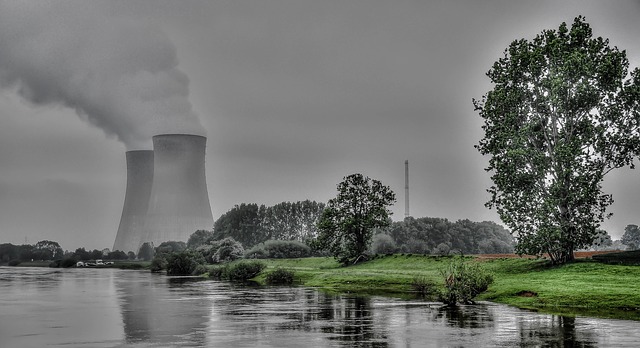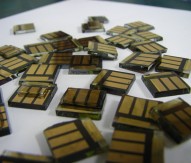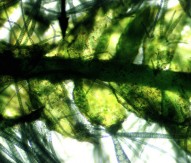
UK university tackles nuclear waste with uranium study
Chemists at the UK’s University of Nottingham are developing a greater understanding of how uranium interacts with different periodic elements to potentially help improve the selective extraction of spent uranium in nuclear waste clean-up.
Stephen Liddle, professor of inorganic chemistry at Nottingham and Royal Society University Research Fellow, said: “We need to reduce the volume of nuclear waste to make it easier to handle and process it to remove benign elements or separate the high level waste from low level waste. This latest study looked at how soft elements such as arsenic interact with uranium — arsenic could in principle be used in organic molecules that bond to metal atoms and improve extraction processes.
“There is currently a lot of interest in using organic molecules to extract, selectively, metal ions from the ‘soup’ of nuclear waste and fish out the ‘bad’ ones and leave the rest behind. This requires an understanding of chemical bonding and how the organic extractants bind to different metals. We can then exploit this knowledge to achieve separation by having them selectively bind to one type of metal and remove it from the soup.
“There is mounting evidence that the molecules that are best at this contain soft donor atoms to the metals, so we need to understand soft donor-to-metal binding better. Arsenic is a soft donor. So, using Arsenic, which occurs naturally in many minerals, we have created model complexes to understand the nature of the bonding. We might be able to use this new knowledge and understanding in a real system in the future.”
The research was carried out by an interdisciplinary team at the University of Nottingham, as well as the universities of Manchester, UK, and Regensburg, Germany; the results have been published in Nature Chemistry.
In 2014, Liddle was awarded a £2m (~€2.8m) consolidator grant from the European Research Council to develop his research at the frontier of fundamental molecular uranium chemistry. His group’s search for cleaner, low temperature nuclear fuels led to their ‘trophy molecule’ breakthrough published in Science in June 2012. Another surprise came in May 2013 when they identified the previously unknown bonding properties within the molecule. The research was published in Nature Chemistry in May of the same year.




